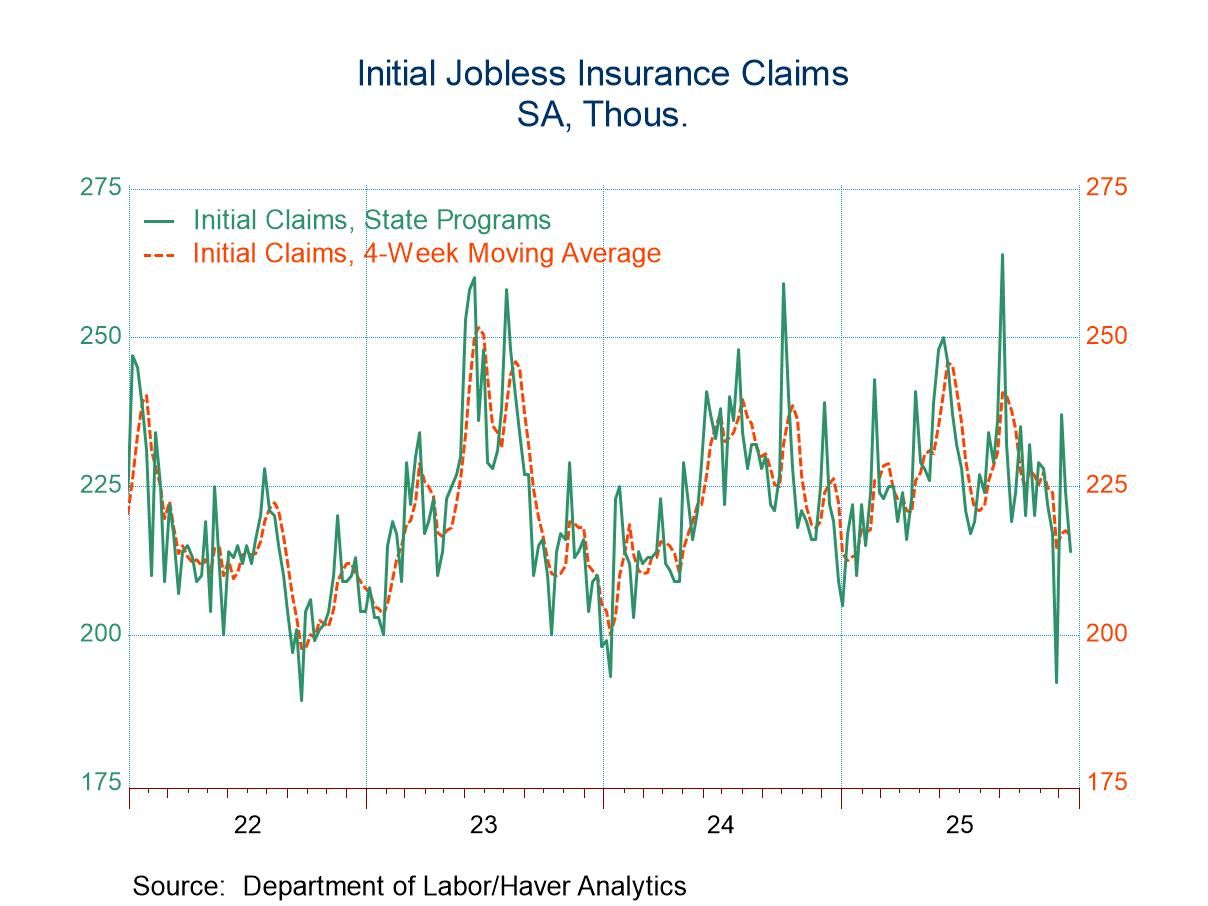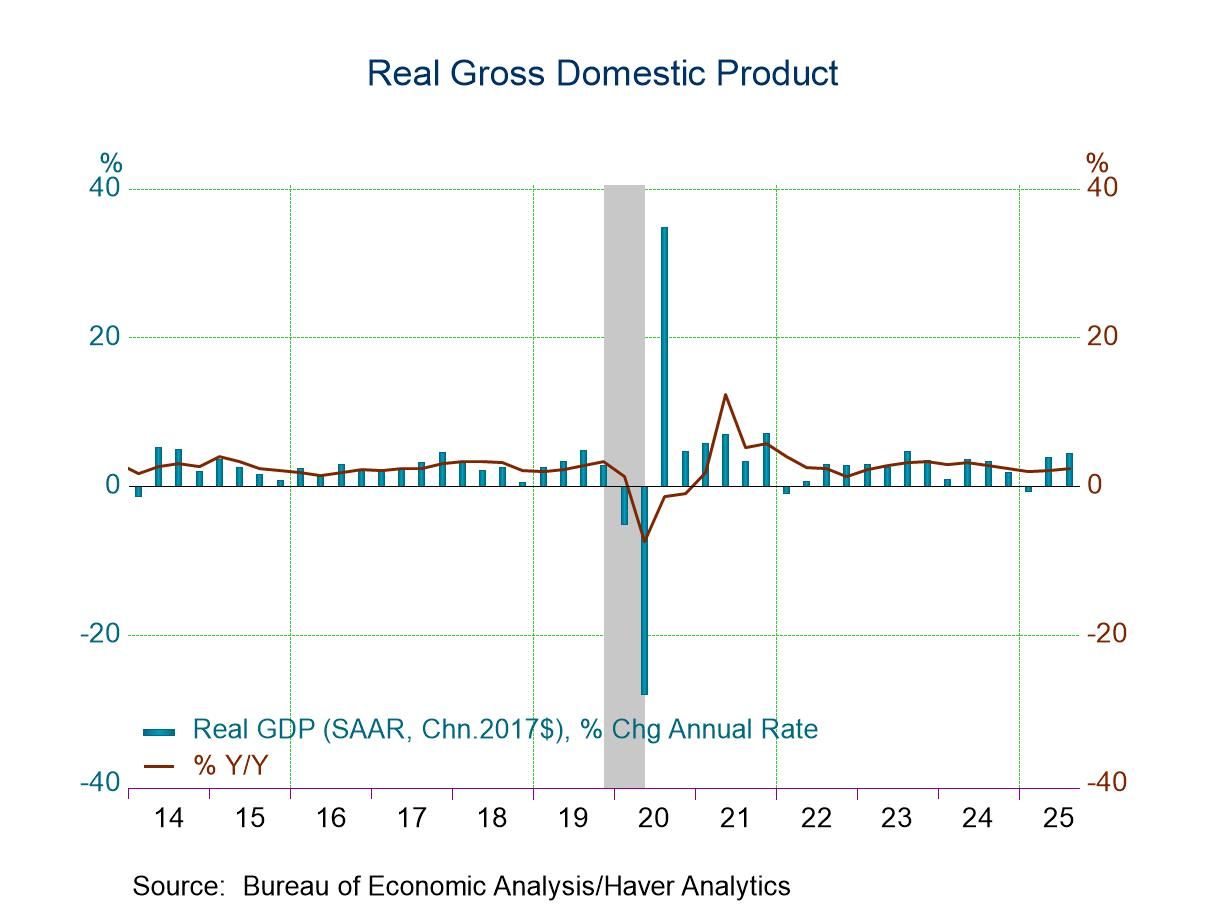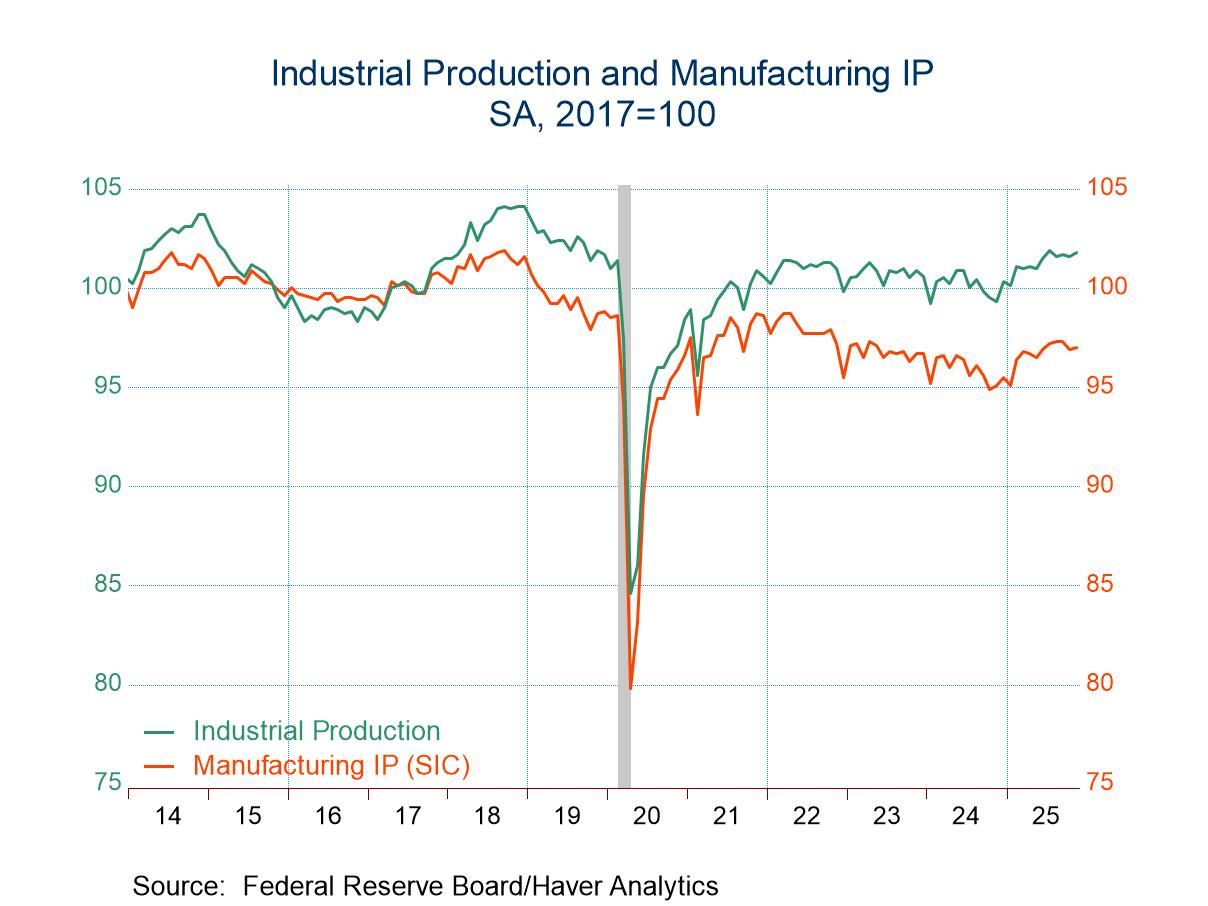Economy Watchers Index Portrays Less Weakening

The economy watchers index for August stepped up to a reading of 49.0 from 47.5 in July. The reading for the future index moved up to 50.3 in August from 48.3 in July. Diffusion indexes are constructed so that readings above 50 indicate a net expansion while readings below 50 indicating a contraction. The improvement of the current index in August, while a significant step up, still leaves that reading short of the neutral reading of ‘50’ and therefore, despite the improvement in the diffusion reading value, it continues to indicate contraction in August. Formally the diffusion index indicates a lesser pace of contraction in Japan’s economy. However, the future index signals expansion expected for the six months ahead.
The diffusion of diffusion is at the bottom of the table; that measure indicates the breadth of the change in the monthly diffusion values either month-to-month or over some of the broader periods depicted in the right-hand portion of the table. Over the last three months, for example, the headline and its nine components show improvement in 70% to 80% of those readings for current index readings. The future index shows improvement in all categories in August compared to improvement in 70% of them in July and in June.
Looking at the broader periods over 12 months, six months, and three months… both the current and the future indexes are higher across-the-board compared to a year earlier. But over six months, weakness is broadening as the future index is lower across all categories compared to its diffusion readings over 12 months- and the current index is nearly as broadly weak. Over three months there is recovery in train for the current as well as for the future index with the monthly reading higher across 50% to 60% of the categories-comparing three-month to six-month values. That means either small improvement in more than half the categories is in train, or a mixed picture of balanced ups and downs persists.
Apart from assessing monthly patterns and patterns of growth for a year-in, we can assess the level of the diffusion index compared to their historic distributions of results. The queue standing does that. The current reading as a 60.1 percentile standing while the future index has a 64.8 percentile standing. Both are above their respective medians (medians occur at a 50% ranking). Unfortunately, jobs have a below-median ranking in the both the current and the future frameworks. Current employment has a 28.9 percentile standing – quite weak. However, the distribution is packed tight in the present range of values. The current situation’s 49.7 diffusion reading compares to a full period average reading of 50.3 and a higher median of 53.1. The ranking is comparable to median value but clearly the August value is still quite close to its historic mean. The future index diffusion value, despite its 41.1 percentile standing, is above its historic mean but below its historic median of 52.4.
On balance, the employment readings are getting stronger. The current index has been moving up longer that the future index. Both the headlines are moving higher. But there is some way to go to put both the indexes at a solid level compared to where they have stood historically, based on rankings. The 60th percentile range readings are above their respective medians but are not particularly strong reading levels.

Robert Brusca
AuthorMore in Author Profile »Robert A. Brusca is Chief Economist of Fact and Opinion Economics, a consulting firm he founded in Manhattan. He has been an economist on Wall Street for over 25 years. He has visited central banking and large institutional clients in over 30 countries in his career as an economist. Mr. Brusca was a Divisional Research Chief at the Federal Reserve Bank of NY (Chief of the International Financial markets Division), a Fed Watcher at Irving Trust and Chief Economist at Nikko Securities International. He is widely quoted and appears in various media. Mr. Brusca holds an MA and Ph.D. in economics from Michigan State University and a BA in Economics from the University of Michigan. His research pursues his strong interests in non aligned policy economics as well as international economics. FAO Economics’ research targets investors to assist them in making better investment decisions in stocks, bonds and in a variety of international assets. The company does not manage money and has no conflicts in giving economic advice.






